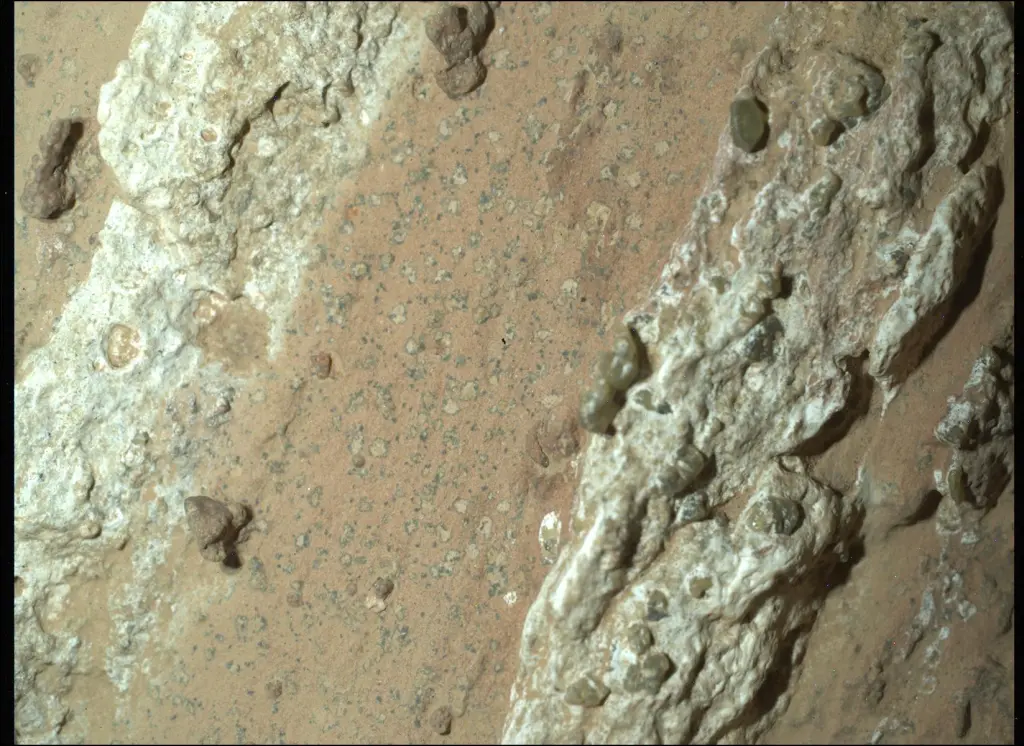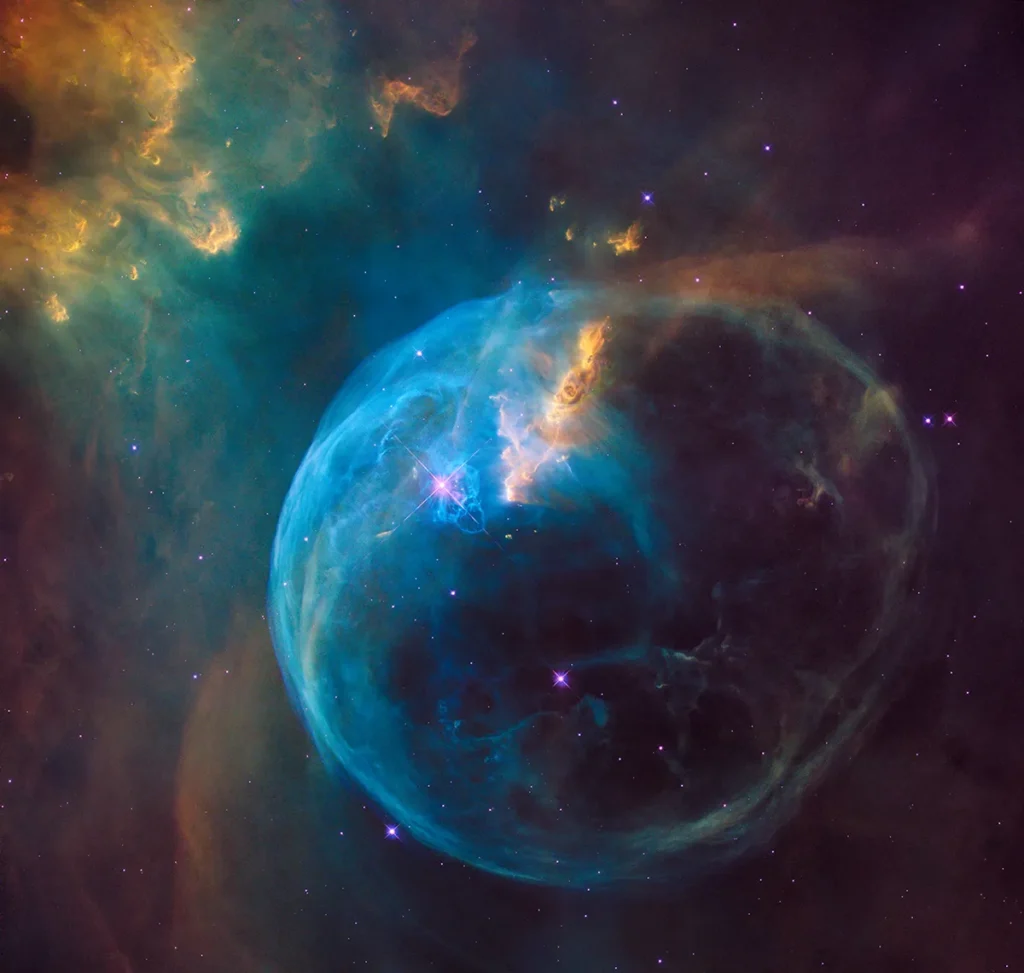NASA’s Perseverance rover may have just made history. Scientists believe a rock sample collected from Jezero Crater could contain signs of ancient microbial life. The sample, called “Sapphire Canyon,” was taken from a rock nicknamed “Cheyava Falls” and shows unusual mineral patterns that could point to life billions of years ago.
The rover’s instruments found clay and silt, rich in organic carbon, sulfur, iron, and phosphorus—the same ingredients that help preserve microbes on Earth. Even more intriguing were colorful “leopard spots” of minerals, including vivianite and greigite, which on our planet are often linked to microbial activity.
Scientists are cautious, calling it a potential biosignature, because more research is needed to confirm whether it truly comes from life. Still, this is the closest we’ve ever come to finding life on Mars, and it could completely change how we think about the Red Planet’s history.
Interestingly, these rocks are relatively young, suggesting Mars might have been habitable much later than previously thought. Perseverance has been exploring Mars since 2021, collecting rock samples and studying the planet to prepare for future human missions.
“Sapphire Canyon” is now one of 27 samples that will be studied in detail on Earth. Could this be the first real evidence of life beyond our planet? Only time—and careful science—will tell.




